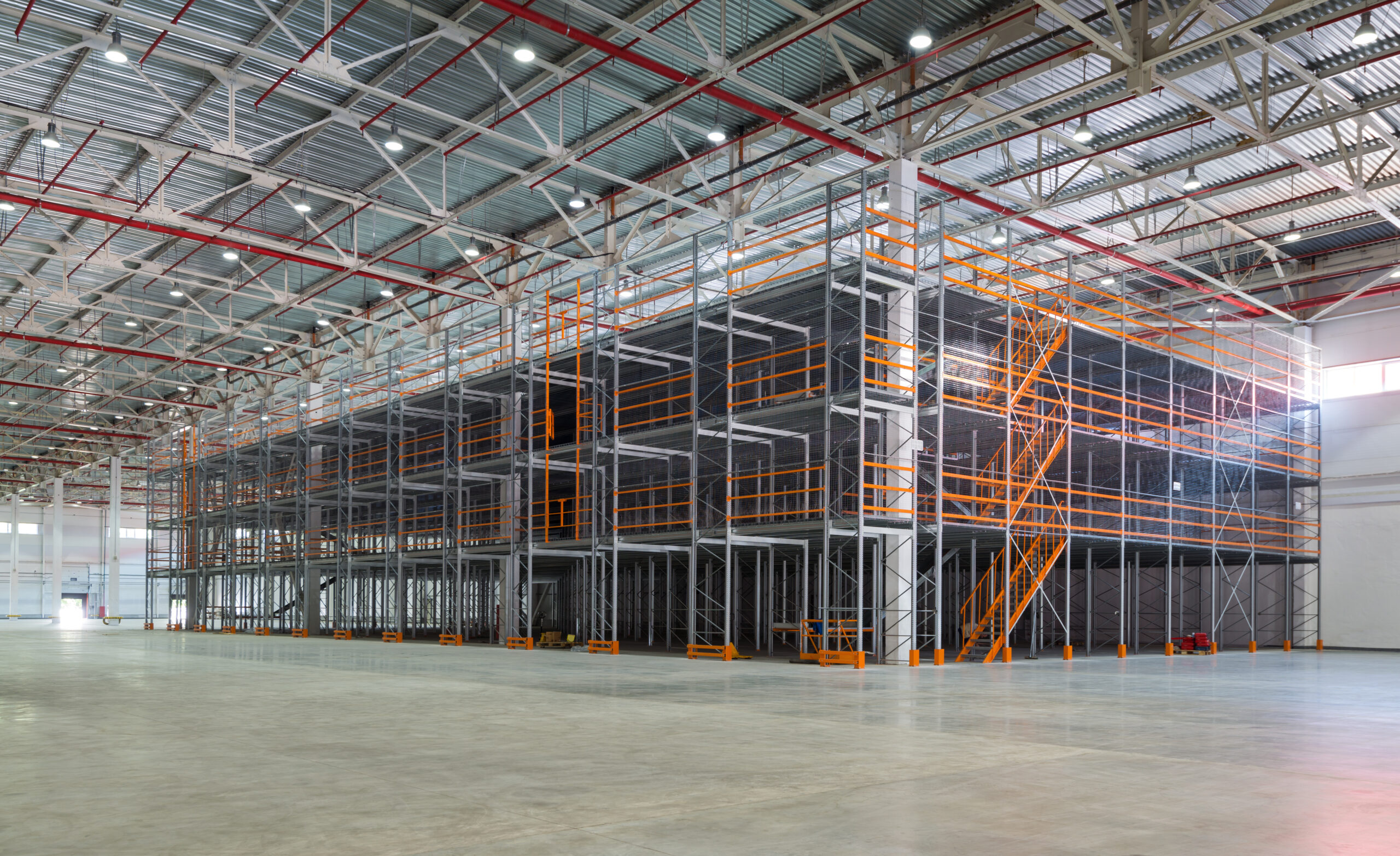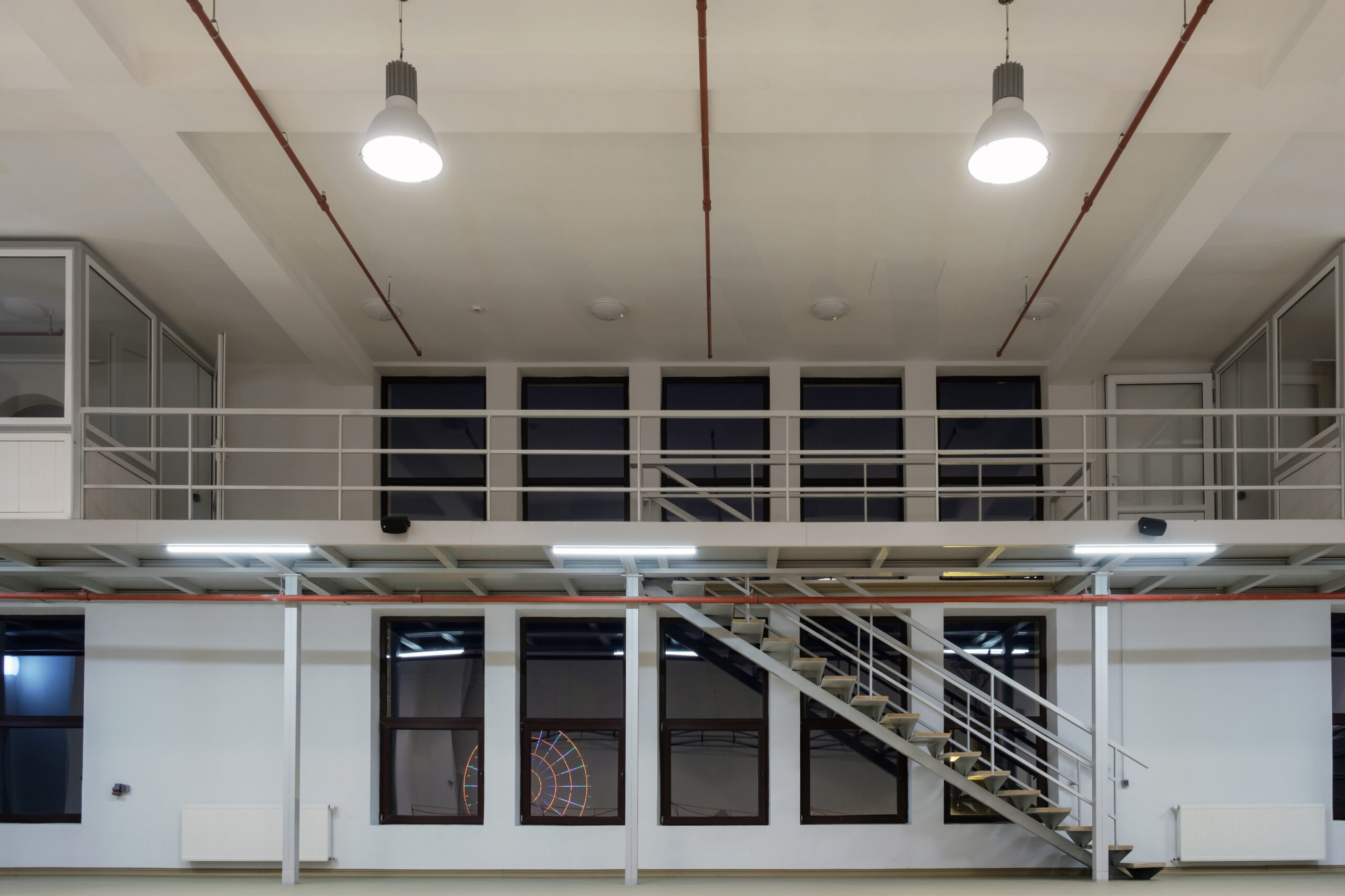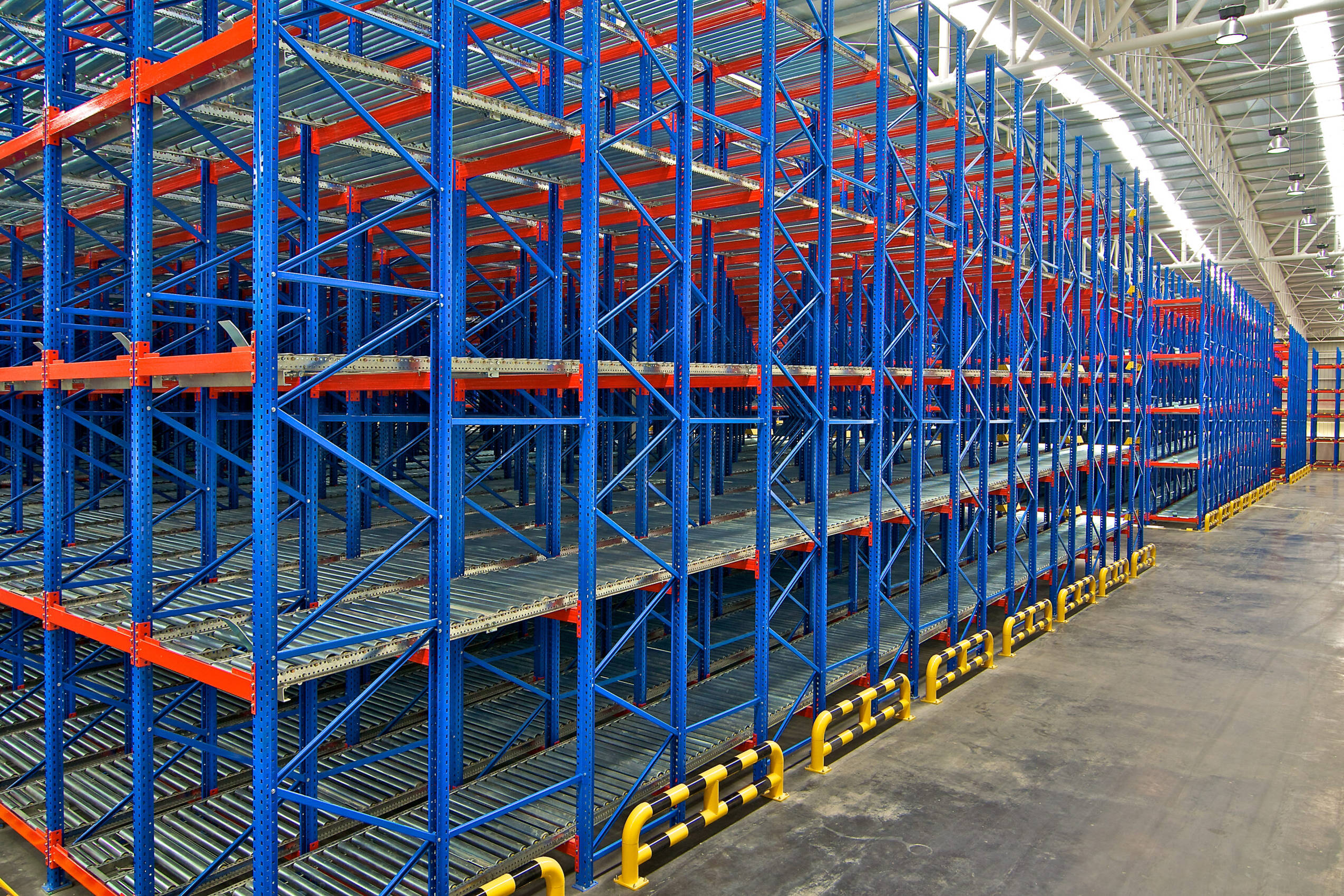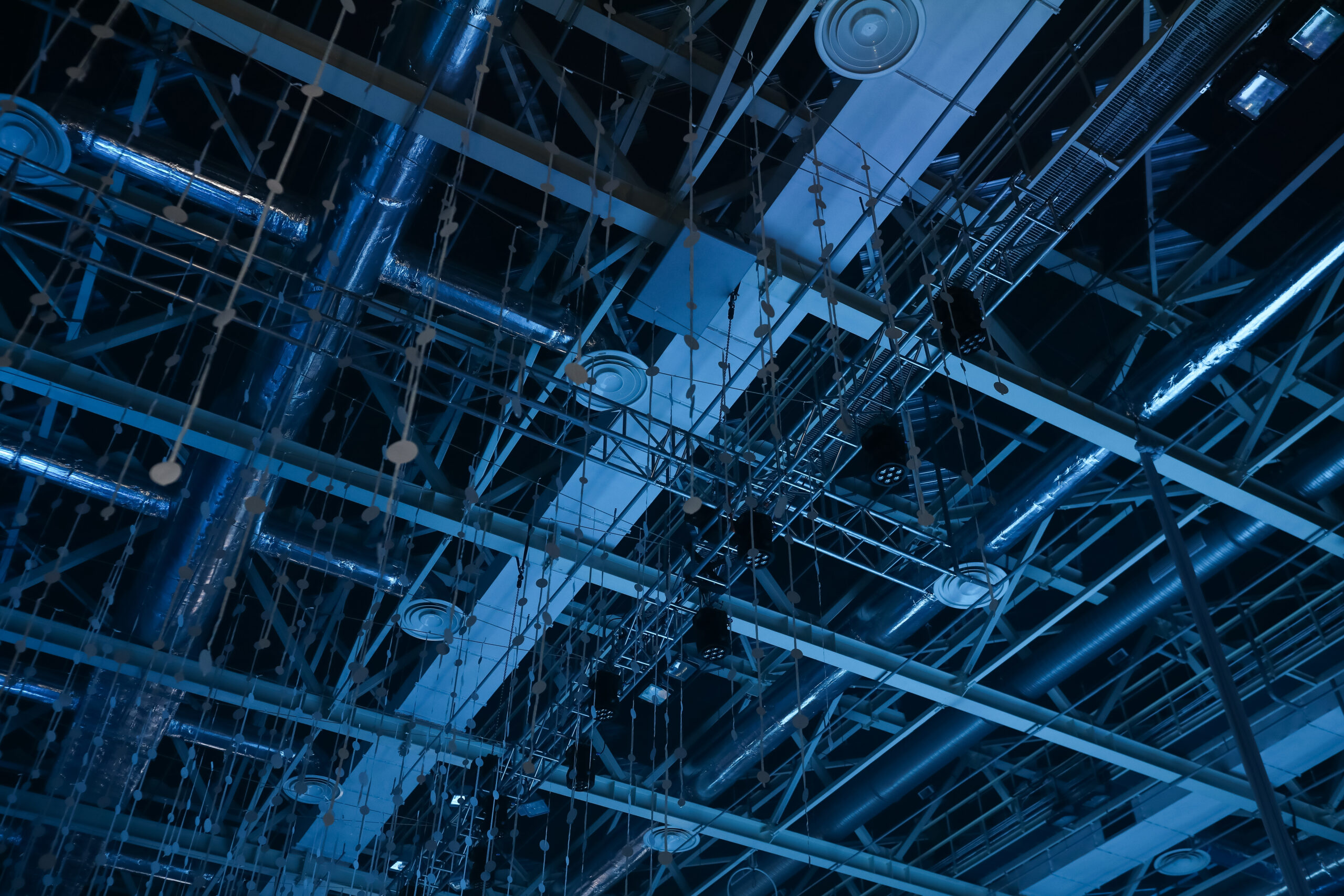
Special Considerations Certain aspects deserve special attention in catwalk systems:
- Forklifts: Forklifts used in conjunction with catwalks should have a specific weight range, depending on the system’s capacity and the pallets used for storage. Wide wheelbases enhance stability on the catwalk.
- Shipping or Receiving Docks: Warehouses extending beyond their walls should have dedicated shipping or receiving docks to offload bulk items from cargo trucks. This is particularly important in warehouses equipped with forklift systems.
Who Should Use a Catwalk System Catwalk warehouse storage offers an open design that simplifies warehouse management. It streamlines tasks such as inspecting inventory for damaged goods and loading forklift trucks and pallets. It’s a solution ideally suited for operators who would otherwise have to work from high ladders, reducing the need for personnel to operate at heights and eliminating the use of ladders.
If you’re seeking a solution to enhance product access, maximize your warehouse space, and prioritize operator safety, a catwalk system is the answer you’ve been looking for!
Cautions and Safety Measures Safety is paramount in catwalk systems:
- Training: Proper training for warehouse personnel is essential, including equipment use and safety measures such as safety harnesses and hard hats.
- Maintenance: Regular maintenance checks are crucial to ensure the safety and efficiency of catwalks, especially considering wear and tear from forklift use.
Personal Protective Equipment (PPE) Operators handling pallets on racks and shelves should wear safety goggles to prevent eye injuries. Hard hats offer protection from accidental impacts with beams, racks, and fixtures. When using forklift trucks, operators should always wear hard hats, safety goggles, and work gloves.
Regular Maintenance Maintenance is key to ensuring the longevity and functionality of catwalk systems. Regular greasing or lubrication of check-rails and inspection of support beam brackets is necessary, especially in high-traffic areas where forklifts are prevalent.
Pallet rack warehouse catwalks are not only efficient but also easy to maintain, ensuring your warehouse operates smoothly and safely.

Catwalk Systems: Maximizing Warehouse Efficiency and Safety
Catwalk systems, comprised of overhead beams with shelves, are a game-changer in the world of warehouse storage. They are versatile solutions that accommodate a wide range of items, from standard products to heavy and bulky items. Here’s why catwalk storage is revolutionizing the way warehouses operate:
Customization for Your Space Catwalk systems are highly adaptable and can be customized to fit your warehouse space seamlessly. They typically combine robust steel beams with pallet rack or boltless components, creating a flexible and efficient storage solution. This customization allows you to store items that can be easily lifted with forklifts, all while maintaining smooth warehouse operations. Catwalk storage systems are equally at home in office warehouse environments, making it a perfect fit for various settings.
Pallet Rack Catwalk System Pallet rack catwalk systems are the go-to choice for manufacturing warehouses and distribution centers. These systems consist of steel beams supported at intervals by columns or posts, which are securely tied to the support structure. The beauty of pallet rack catwalks lies in their ability to eliminate the need for ladders and step stools when accessing products. Items are strategically located on racks or shelves within alcoves created by the steel beams and columns. With most pallet rack catwalks boasting a substantial 3,000 lb. capacity per square inch, they can effortlessly handle stock-keeping warehouse items with heavyweight requirements. Additionally, some pallet rack designs allow forklift trucks to pass beneath the shelves, ensuring efficient navigation within the warehouse.

Material Handling on Catwalks The primary warehouse equipment used in catwalk systems includes storage racks like pallet racks, shelving, and cantilever shelving. A forklift truck is the workhorse for moving stock-keeping units (SKUs) or inventory from storage racks down to pallets below the catwalk. Trolleys and carts also find their place on catwalks, aiding in the smooth movement of packaged goods between different warehouse locations.
Design Considerations Designing your catwalk system involves several key considerations:
- Check-Rails: These are typically installed at regular intervals, ensuring safe and efficient operations.
- Beams: Warehouse catwalk systems consist of beams made of two pieces, often rectangular or H-sections, connected with bolts or welds. Brackets secure these beams to the support columns at each end for added strength.
- Support Columns: Catwalk systems can be supported by posts or steel columns, both referred to as pallet rack support beam supports. Posts can attach directly to a concrete floor, while steel column supports require small brackets for each column.
- Ceiling Support: Catwalks typically maintain a clearance of 8 to 10 feet and are attached to the warehouse ceiling using a steel beam support structure.
- Warehouse Lighting: Proper lighting, including skylights in some designs, is essential for optimal visibility when inspecting inventory. This ensures that operators on the floor below can view products efficiently.



